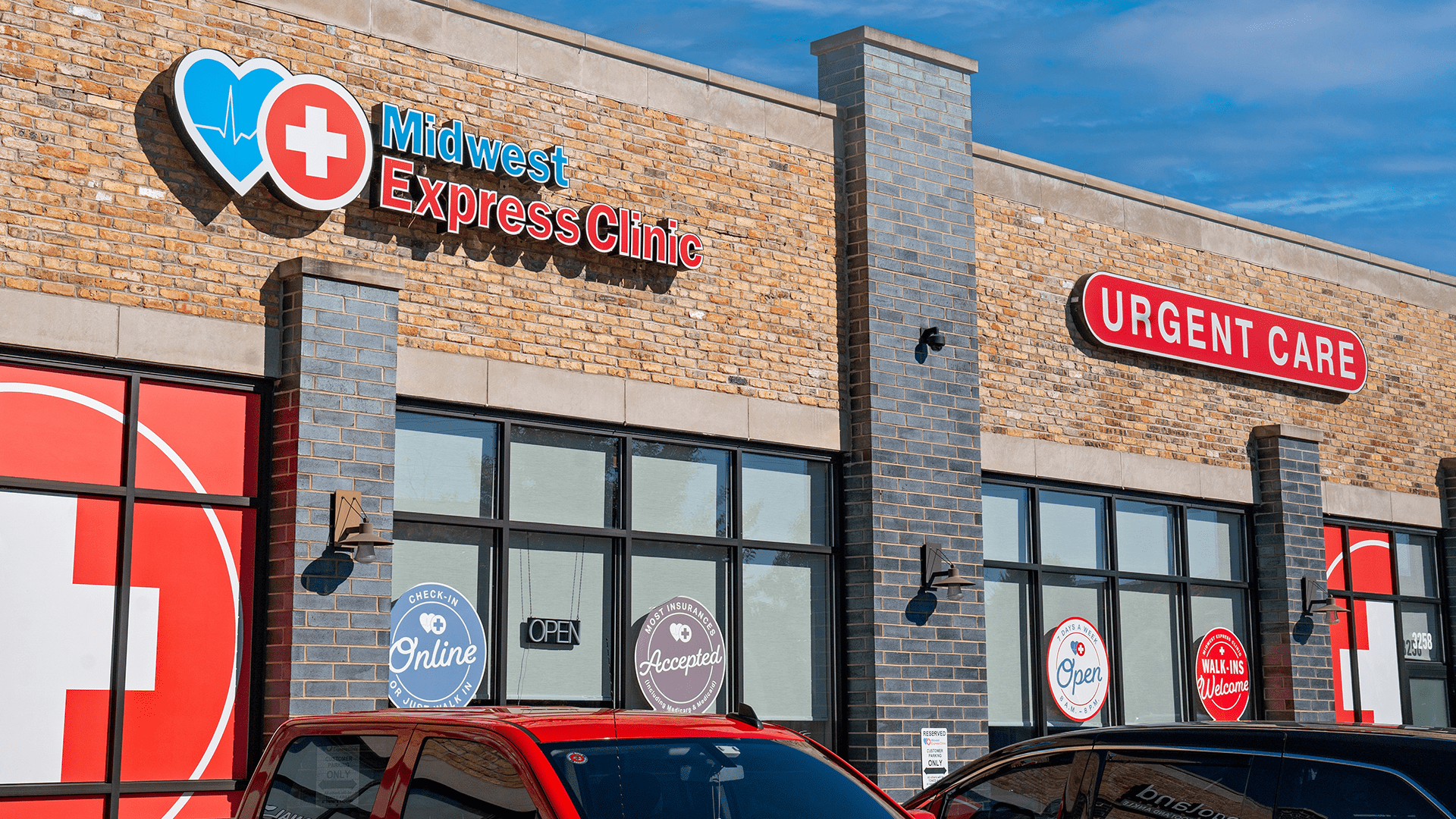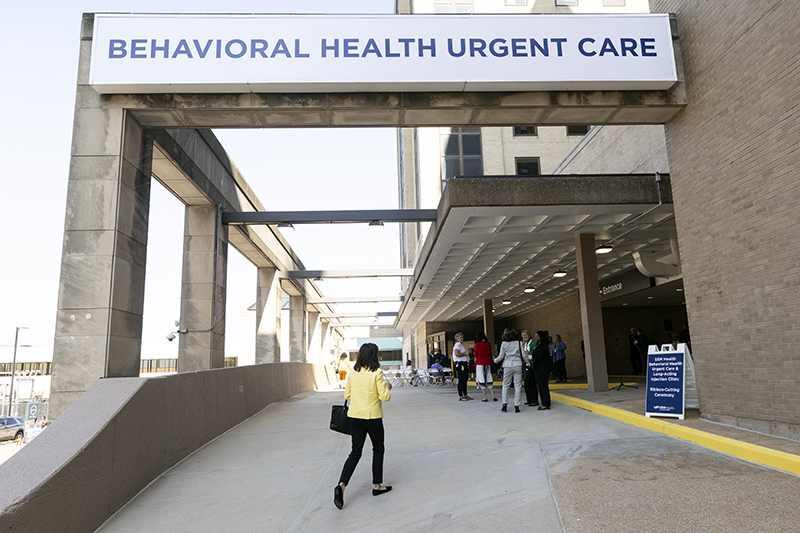How Our Clinic Makes Certain Top-Notch Urgent Look After Every Individual
How Our Clinic Makes Certain Top-Notch Urgent Look After Every Individual
Blog Article
Recognizing the Duty of Urgent Treatment in Offering Timely Treatment for Non-Life-Threatening Conditions
Urgent care centers have emerged as an essential component of the health care landscape, attending to the immediate demands of people with non-life-threatening conditions. Recognizing the nuances of urgent treatment could dramatically impact individual end results and the overall performance of medical care delivery.
What Is Urgent Care?
Immediate treatment refers to a classification of clinical solutions developed to attend to non-life-threatening problems that require instant focus. These facilities act as an intermediary in between health care doctors and emergency clinic, supplying a convenient option for individuals that need timely treatment without the considerable waiting times normally connected with emergency divisions.
Immediate care centers are normally staffed by clinical professionals, including doctors, registered nurse experts, and physician assistants, who are trained to identify and deal with a vast range of problems. Usual services offered by these facilities include therapy for small injuries, ailments, and infections, as well as diagnostic examinations such as X-rays and research laboratory work.
The access of immediate care is a key element in its appeal, as numerous facilities run beyond normal workplace hours, consisting of weekends and nights. This prolonged accessibility permits people to get timely treatment when their main care company may not come. Furthermore, immediate care facilities typically approve walk-in individuals, eliminating the requirement for appointments. On the whole, immediate care plays an essential role in the medical care system, making sure patients can access necessary medical solutions promptly and successfully.

Lots of people might locate themselves unpredictable regarding when to look for treatment at an immediate care facility as opposed to a medical care medical professional or an emergency situation room. Immediate care is designed to attend to non-life-threatening problems that need prompt attention yet are not severe sufficient to warrant an emergency clinic browse through.
Typically, one need to think about immediate take care of problems such as small cracks, sprains, cuts needing stitches, or infections like urinary system tract infections. Furthermore, chilly or influenza symptoms, breakouts, and allergies can likewise be suitably managed in this setup.
It is very important to note that immediate treatment is not suitable for lethal emergency situations, such as chest pain, problem breathing, or extreme blood loss, which necessitate immediate emergency area treatment.
People that do not have accessibility to a health care physician or can not protect a timely visit might likewise take advantage of immediate treatment solutions. Inevitably, comprehending when to use urgent treatment can cause more effective medical care delivery, allowing clients to get the ideal level of care based upon their details health and wellness requirements.
Advantages of Urgent Treatment Centers
Choosing urgent treatment centers for non-life-threatening conditions uses numerous benefits that enhance patient experience and ease of access. One main advantage is the reduced wait times contrasted to traditional emergency clinic. Urgent treatment facilities normally run on a first-come, first-served basis, permitting patients to obtain timely medical interest without the lengthy hold-ups usually related to healthcare facility setups.
In addition, immediate care centers offer extensive hours, including nights and weekends, accommodating people with varying timetables. This adaptability makes certain that individuals can seek care when it is most hassle-free for them, even more promoting prompt intervention.

In addition, these centers commonly use a detailed variety of services, including minor procedures and analysis tests, all under one roof. This combination of services not just enhances the client experience but additionally promotes a more natural method to managing non-life-threatening health issues, ultimately profiting general patient outcomes.
Usual Conditions Dealt With
At urgent care facilities, a selection of non-life-threatening problems can be properly dealt with, supplying clients with accessible and index prompt clinical help. These facilities are particularly adept at attending to issues that call for prompt interest however do not posture an immediate danger to life or arm or leg.
Typical problems treated at urgent care centers include minor injuries such as stress, strains, and fractures. Immediate treatment facilities are equipped to carry out needed analysis tests, such as X-rays and research laboratory examinations, allowing them to give thorough treatment.
Moreover, immediate care suppliers can provide inoculations, assisting to stop the spread of transmittable diseases - Urgent Care. They likewise supply services for small procedures, such as suturing wounds or draining abscesses. By offering these varied solutions, immediate care centers play a vital role in linking the space between health care and emergency solutions, making certain clients receive timely therapy for a large range of problems without the need for lengthy wait times typically connected with emergency spaces
How Urgent Care Sustains Healthcare System
Immediate care centers play a vital role in supporting the total healthcare system by relieving the concern on emergency situation departments and supplying timely access to healthcare for non-life-threatening conditions. By managing instances such as minor injuries, infections, and health problems, immediate care facilities permit emergency situation departments to concentrate on even more critical individuals calling for immediate interest.
In addition, urgent care facilities boost health care access, offering prolonged hours and an extra hassle-free alternative to standard medical care settings. This availability is particularly helpful for patients who might not have a normal physician or who need prompt therapy outside of normal workplace hours. Consequently, immediate treatment facilities effectively reduce wait times and enhance patient fulfillment.
In addition, immediate care facilities contribute to cost savings for both individuals and the medical care system by supplying lower-cost solutions compared to emergency situation divisions. This economic performance is essential in a period of climbing medical care prices, permitting people to obtain essential treatment without sustaining inflated costs.
Final Thought
In final thought, urgent care facilities play an important role in the health care system by providing prompt treatment for non-life-threatening problems. By connecting the space between key treatment and emergency rooms, these centers make sure that clients obtain prompt medical focus without the prolonged wait times generally linked with emergency situation departments. The accessibility and performance of urgent treatment centers add substantially to minimizing the overall burden on healthcare sources, enhancing person results, and advertising a much more efficient healthcare distribution system.
Urgent treatment centers have actually emerged as a crucial component of the health care landscape, addressing the instant needs of individuals with non-life-threatening problems. Urgent treatment gos to usually incur reduced out-of-pocket expenditures compared to emergency situation department check outs, making treatment much more budget-friendly for patients without jeopardizing top quality. Urgent care facilities are equipped to do necessary diagnostic examinations, such as X-rays and laboratory tests, allowing them to offer thorough care.
By using these varied services, immediate treatment facilities play click for source an important duty in linking the here space in between key care and emergency services, making sure people receive timely treatment for a large array of conditions without the demand for long wait times typically connected with emergency situation rooms.
Additionally, immediate care centers boost healthcare access, offering extended hours and a much more hassle-free option to conventional key treatment setups.
Report this page